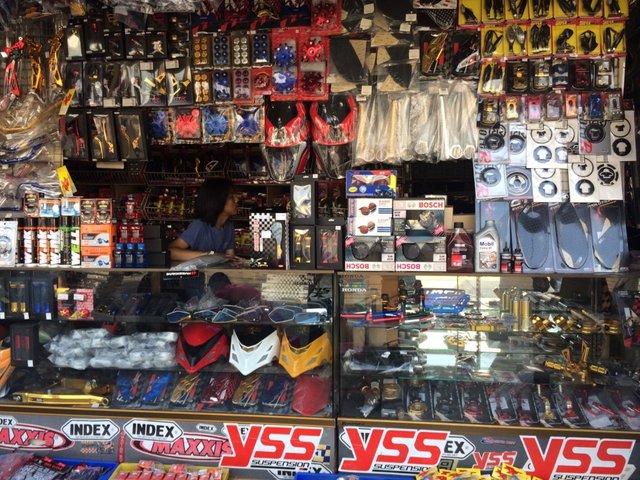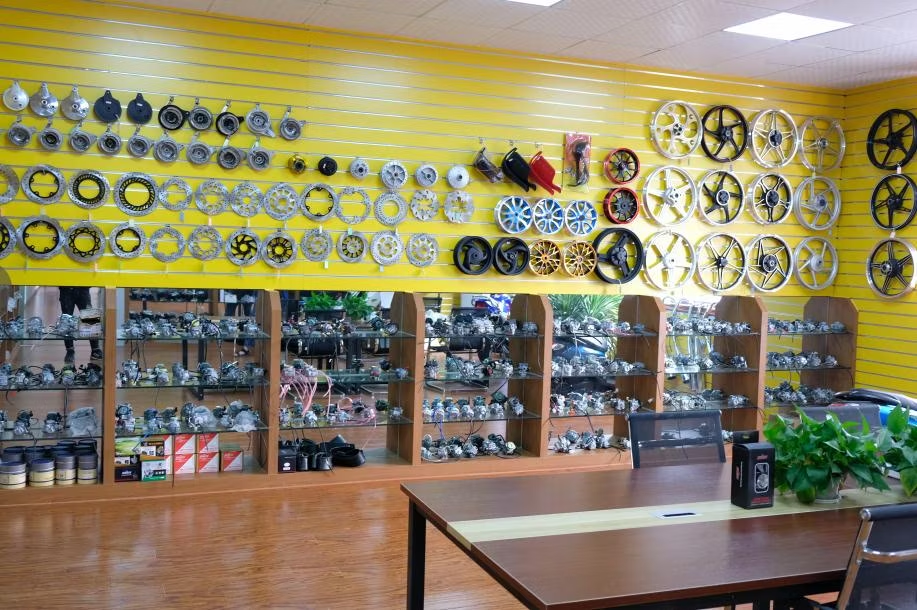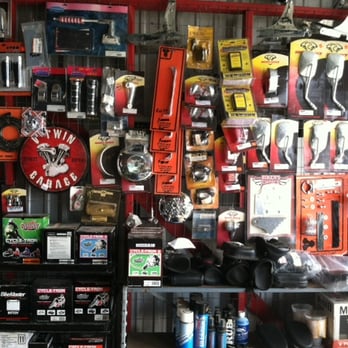Must-Have Motocross Gear: Raise Your Riding Experience Today
Must-Have Motocross Gear: Raise Your Riding Experience Today
Blog Article
Understanding Motorcycle Gears: Just How to Maximize Your Riding Experience
In the realm of motorcycling, mastering the art of gear manipulation is critical for boosting your riding efficiency. Effectively recognizing and making use of bike equipments can substantially affect velocity, control, and gas effectiveness, transforming a typical experience right into a smooth, exhilarating trip. By including specific change timing and adapting gear option to different roadway problems, cyclists can make certain ideal engine efficiency and security. The subtleties of clutch control, throttle control, and equipment auto mechanics beckon a much deeper expedition, guaranteeing to open the full possibility of your maker. How can these techniques be used to really optimize your riding experience?
Comprehending Equipment Mechanics
Just how do the intricacies of gear auto mechanics affect motorbike efficiency? At the core of bike characteristics, equipment auto mechanics play a critical role in converting engine power into movement, eventually dictating speed and control. Gears, carefully crafted elements, enable bikers to enhance torque and speed, guaranteeing a seamless transition through different terrains and rates. The equipment proportions, meticulously made, establish the partnership in between engine changes and wheel turns, affecting acceleration and gas effectiveness.
Recognizing gear mechanics begins with recognizing the significance of the gearbox, which houses numerous equipments of differing dimensions. These gears communicate with a procedure known as meshing, where teeth of different gears engage to transmit power. The accuracy of this communication is essential; any misalignment or damage can result in inefficient power transfer, preventing performance. Additionally, the setup and size of equipments influence the motorcycle's capability to handle various tons and speeds.
Moreover, the principle of gear shifting is important to making best use of performance. Smooth and timely shifts ensure that the engine runs within its optimum power band, stopping unneeded strain and improving long life (motocross gear nz). By understanding these mechanical intricacies, motorcyclists can attain an unified blend of power, effectiveness, and control, raising their riding experience
Timing Your Changes
Change timing proficiency is crucial for optimizing motorcycle performance and improving the riding experience. Appropriately timed changes make sure that the engine runs within its optimum power band, which is crucial for maintaining control, achieving smooth velocity, and guaranteeing the durability of the motorbike. Motorcyclists need to establish an user-friendly feeling of when to move gears, which includes comprehending the relationship between engine revolutions per minute (RPM) and rate.
To understand change timing, pay very close attention to the engine's noise and feel, as these offer important clues about when to transform equipments. The excellent change point usually happens when the engine approaches the top series of its power band without getting to the redline. Changing also early can cause a lack of power, while changing far too late may cause unneeded engine strain
In addition, road problems and riding style impact shift timing. In contrast, throughout highway riding, less shifts at greater speeds can be a lot more appropriate.
Enhancing Fuel Performance
While mastering bike equipments is important for efficiency, improving gas effectiveness is equally essential for both environmental and financial factors. Optimum gas usage not just lowers functional expenses yet additionally decreases the environmental footprint of riding. To achieve this, one have to understand the elaborate connection in between equipment option and engine efficiency.
Riding in a higher gear at lower speeds can lead to engine lugging, which is detrimental to both gas economic situation and engine wellness. Alternatively, riding in reduced equipments at find this high speeds results in unnecessary gas intake.
In addition, routine maintenance plays a critical function in fuel effectiveness. Making sure that the bike is well-tuned, with tidy air filters and correctly inflated tires, can enhance the rules of aerodynamics and minimize gas wastage. Furthermore, taking on a riding design that embraces gradual acceleration and smooth slowdown can add to much better fuel economy.

Strategies for Smooth Transitions
Accomplishing smooth gear shifts is fundamental to boosting the riding experience and guaranteeing the long life of a motorbike's transmission system. Proper equipment shifting not just contributes to a smooth trip yet likewise minimizes damage on the mechanical elements. To understand the art of smooth transitions, cyclists should concentrate on a few essential strategies.

Second of all, clutch control plays a crucial role. Engaging and disengaging the clutch efficiently calls for practice. The clutch lever ought to be launched progressively, permitting a seamless transfer of power from Resources the engine to the wheels without causing a jolt or abrupt motion.

Adjusting to Roadway Problems
Navigating diverse road conditions is a critical ability for any kind of motorcyclist intending to keep control and security. Whether you're riding on wet surfaces, gravel roadways, or browsing doglegs, your capability to adapt your equipment use and riding method is vital. Comprehending how to adjust your equipments suitably can substantially affect traction and security, making look what i found certain a much safer journey.
On wet roadways, it is a good idea to preserve higher equipments to minimize torque and reduce wheel spin. This approach aids preserve grip on unsafe surface areas, enabling for smoother acceleration and slowdown. On the other hand, when riding on crushed rock or unequal terrain, reduced gears are preferable. Reduced gears give much better control and allow you to react more swiftly to unanticipated changes in the roadway surface.
Sharp curves require exact gear monitoring to balance rate and control. Downshifting before entering a contour can help keep momentum while ensuring the motorbike remains steady throughout the turn. Consistent technique in different conditions boosts your capability to predict and react to modifications in roadway structure and slope.
Conclusion
Understanding motorcycle equipments significantly improves the riding experience by improving acceleration, control, and fuel effectiveness. A comprehensive understanding of gear technicians and accurate change timing makes certain the engine operates within its ideal power band, while smooth shifts via reliable clutch and throttle sychronisation rise convenience and efficiency. Adjusting equipment selection to different road problems, such as using higher gears on damp surface areas and lower equipments on gravel, more improves handling and safety and security. Inevitably, these skills elevate the total journey.
Recognizing equipment auto mechanics begins with recognizing the significance of the transmission, which houses several equipments of varying sizes. These equipments engage with a process recognized as meshing, where teeth of various equipments involve to transfer power (motorcycle parts nz). Gentle changes to the throttle during gear changes can stop jerky movements and keep a constant riding rate
Whether you're riding on damp surface areas, crushed rock roadways, or navigating sharp turns, your capacity to adapt your equipment usage and riding technique is extremely important. Adapting equipment choice to various roadway problems, such as making use of greater gears on wet surface areas and lower equipments on gravel, more improves handling and safety.
Report this page